Despite El Niño, Philippines may hit sugar output target
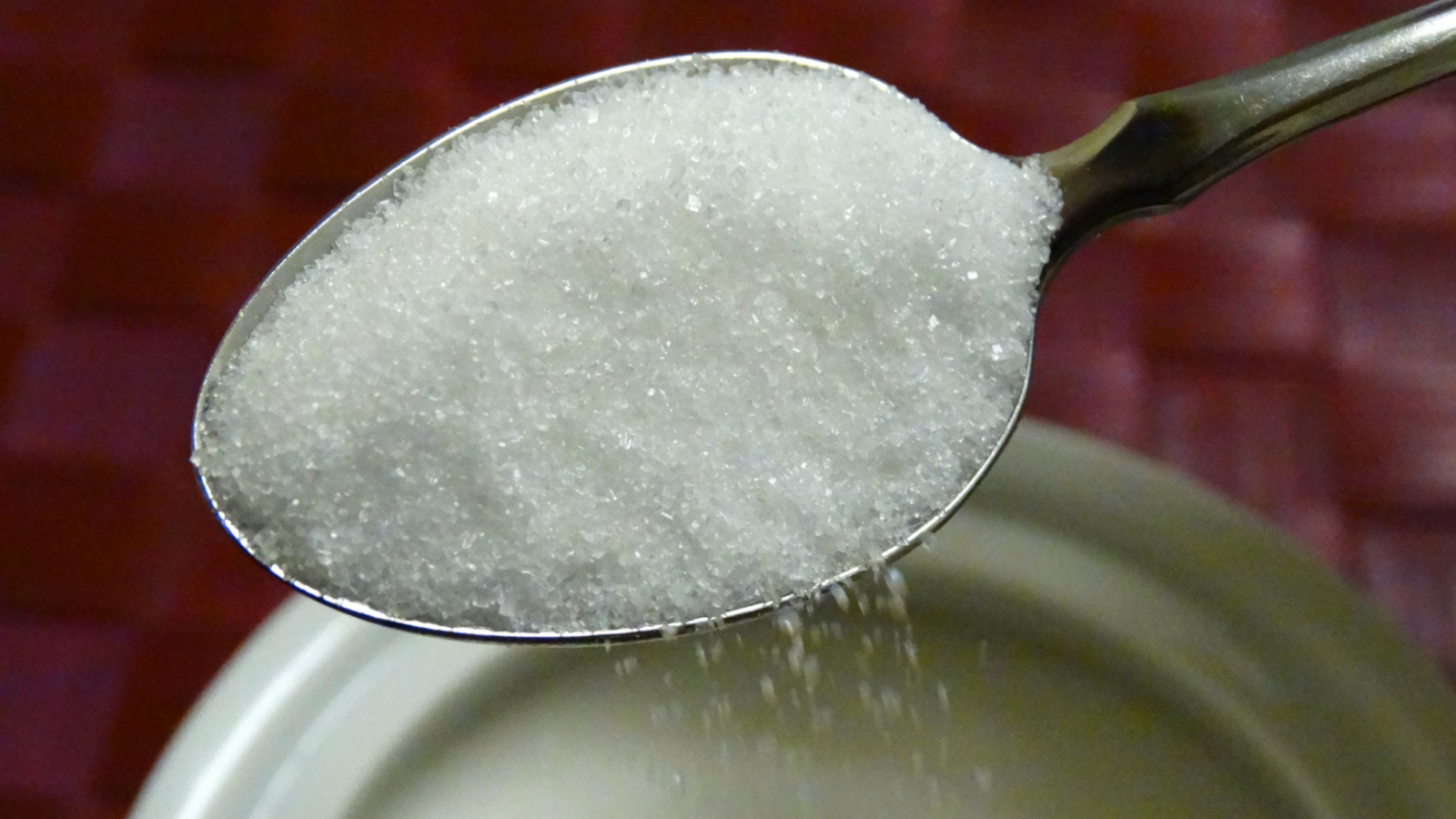
SIPALAY CITY – The Sugar Regulatory Administration (SRA) is optimistic about hitting its sugar production target this crop year despite the impact of the El Niño phenomenon on local harvests.
If the projected 1.78 million metric tons (MT) of raw sugar production is attained for crop year 2024-2025, it would be 7 percent lower than the actual volume of 1.92 million MT recorded in the previous crop year.
“That’s the main factor that we anticipated, the El Niño damage,” SRA administrator Pablo Luis Azcona said.
“The only thing that keeps us going or keeps us hoping is [that] the northern part of Negros is delayed in harvesting because of the weather. So, if that is true, then there’s a chance to hit 1.7 million MT,” he said.
Azcona cited the rainy weather in the northern part of Negros. On the other hand, irrigation is ongoing in the southern part of the island, including the deep south of Kabangkalan.
“So, from somewhere, we’re right smack in the middle as we are now,” he told reporters.
Local sugar output totaled 1.92 million MT in crop year 2023-2024, up by 6.8 percent from 1.799 million MT in the previous crop year.
For this crop year so far, raw sugar output stood at 1.01 million as of Feb. 16, a decline of 27.68 percent from the same period last year, latest data from the SRA showed.
Crop year 2024-2025 began on Sept. 1 last year and will end on Aug. 31 this year.
According to the SRA, every metric ton of sugarcane can produce 1.58 50-kilogram bags of sugar, representing an 11-percent decline in average yield per hectare.
“And we have not seen a significant change in the percentage decrease from October until now; it’s still the same,” Azcona said.
“Hindi tayo bumabawi doon (We have yet to recover from that). In terms of tonnage and production, the difference is getting smaller. But we’re still at 29 percent below. It doesn’t look too good,” he added.
In Sugar Order No. 1, the SRA expected total raw sugar production to decline to 1.78 million MT because of “the anticipated negative effect of the prolonged El Niño phenomenon; unless the La Niña phenomenon brings about an increase in production.”
Given this situation, the SRA allotted the entire sugar production to the domestic market for the current crop year.
Azcona said the Marcos administration was targeting to exhibit a “significant increase” in domestic production.
“What’s hard with the sugar industry is you plant as you harvest it. If you want to change something, it takes a couple of cycles until you effectively change it,” he said.
Azcona said it had taken them three to four years to convince farmers to change the way they cultivate sugar.
“It’s a big effort if you change the spacing (distance between plants), the planting method,” he added.








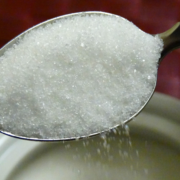


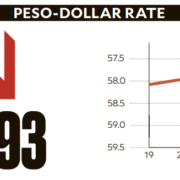




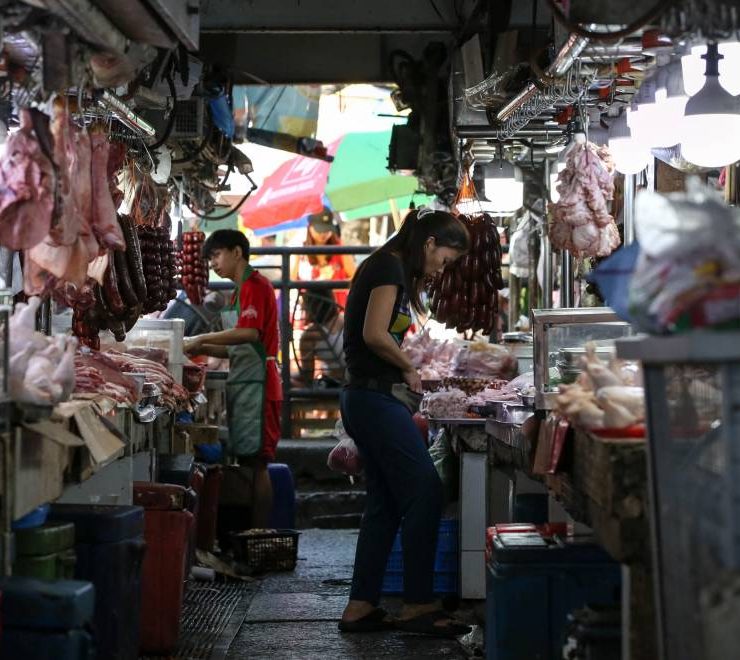

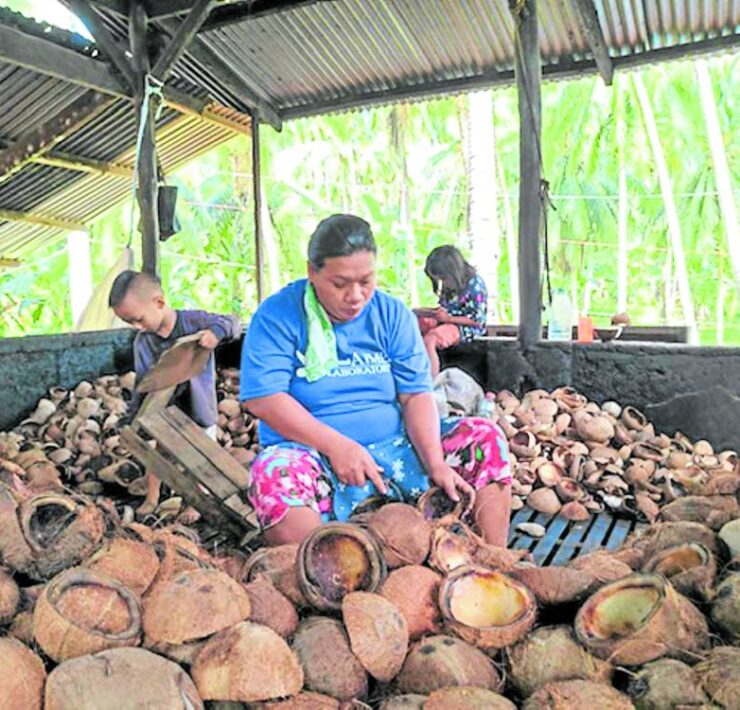


Systems, not people, can minimize corruption